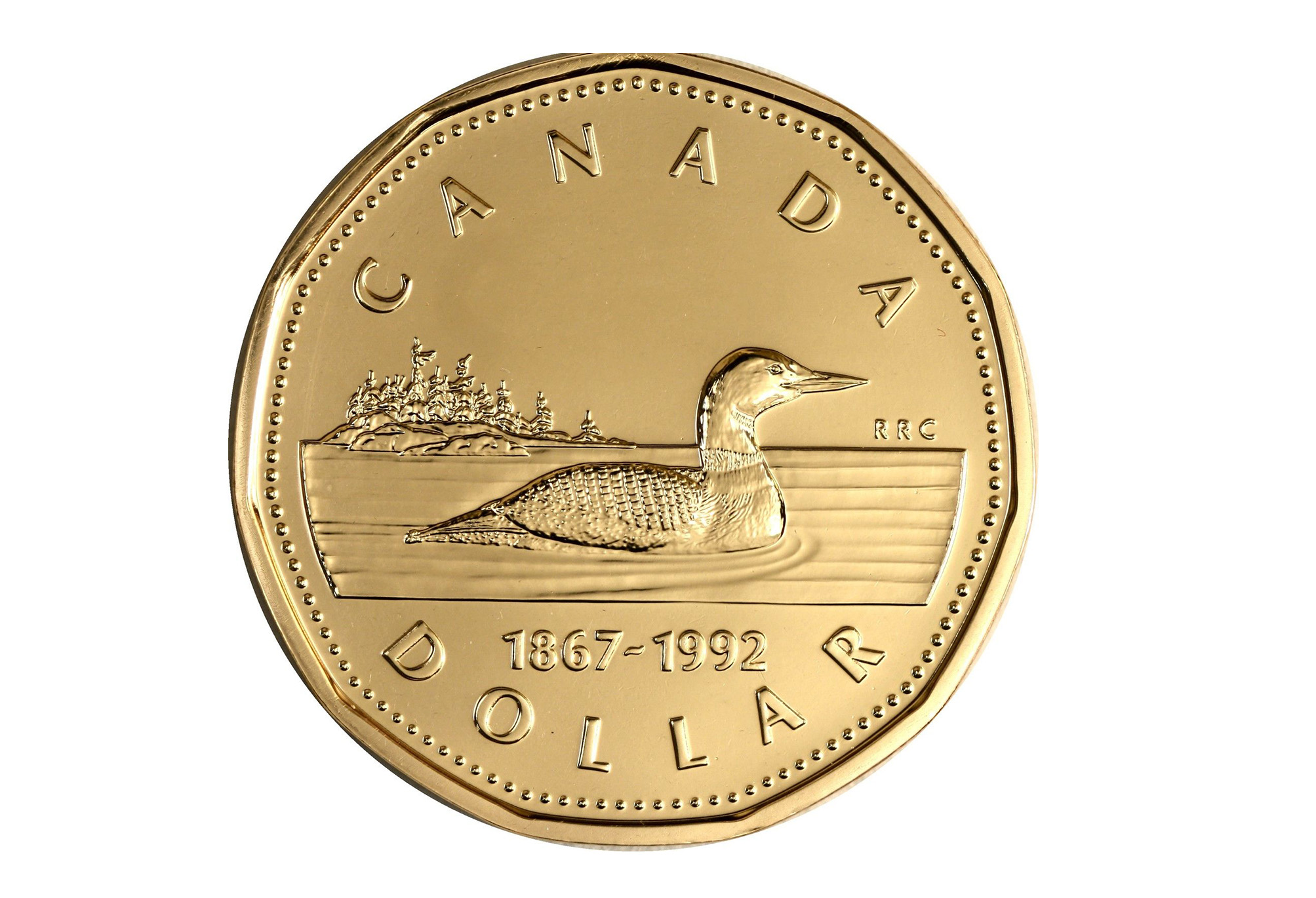TORONTO — The Canadian dollar fell on Wednesday against its U.S. counterpart after the Bank of Canada held interest rates steady and showed enough caution to dampen expectations for a hike early next year.
The central bank left its benchmark interest rates on hold at 1 per cent, as expected. Despite rising employment and participation rates, other indicators point to ongoing – albeit diminishing – slack in the labour market, the central bank said.
Investors had been interested in how the Bank of Canada would characterize the labour market after data on Friday showed a much stronger-than-expected jobs gain in November.
“I think on balance their overwhelming focus remain on the uncertainties … so they provided no clue of a rate hike anytime soon,” said Derek Holt, head of capital markets economics at Scotiabank. Chances of a rate hike in January fell to 28 per cent from 41 per cent before the announcement, the overnight index swaps market indicated.
The central bank raised rates in July and September for the first time in seven years but has since worried about a number of uncertainties that could have an impact on the economy, including renegotiation of the North American Free Trade Agreement.
At 11:50 a.m. ET, the Canadian dollar was trading at 78.19, down 0.57 US cents.
The Canadian dollar closed on Wednesday at 78.39 US cents, down 0.47 of a US cent from Tuesday.
Adding to headwinds for the loonie were lower prices for oil, one of Canada’s major exports.
U.S. crude prices were down 1.48 per cent at US$56.77 a barrel even after data showed a bigger-than-expected draw in U.S. crude stocks.
The U.S. dollar rose slightly against a basket of major currencies helped by optimism about progress on tax reform legislation and lawmakers’ efforts to avert a U.S. government shutdown on Saturday.
The labour productivity of Canadian businesses fell by 0.6 per cent in the third quarter, the second consecutive decline, as the number of hours worked grew faster than business output.
Canadian government bond prices were higher across the yield curve, with the two-year up 7 cents to yield 1.499 per cent and the 10-year rising 32 cents to yield 1.855 per cent.
The gap between the 2-year yield and its U.S. equivalent widened by 1.4 basis points to a spread of -30.3 basis points.
